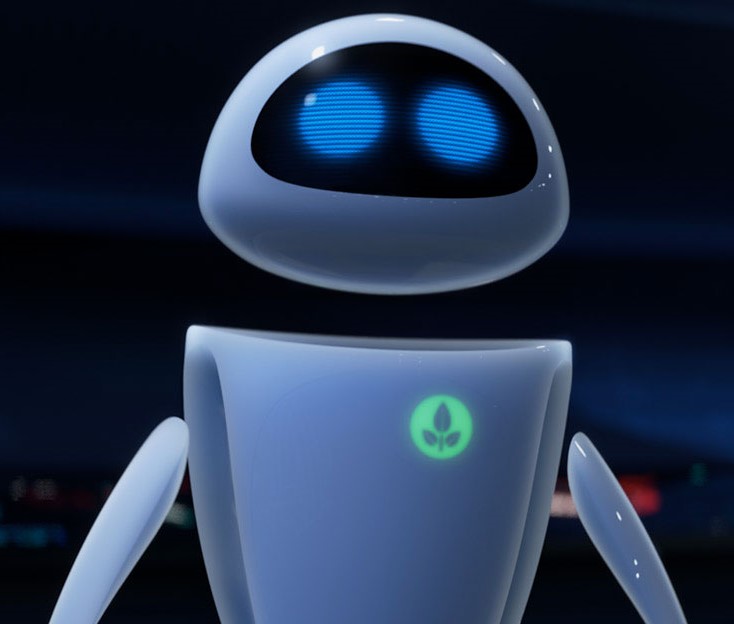In a world where artificial intelligence and robotics are advancing at breakneck speed, the ethical implications of these technologies loom large.
Enter Isaac Asimov’s Three Laws of Robotics, a set of rules that have captivated science fiction enthusiasts and AI researchers alike for decades. These laws, first introduced in Asimov’s 1942 short story “Runaround,” offer a fascinating framework for considering the moral responsibilities of intelligent machines.
As we stand on the precipice of a future where robots may play an increasingly significant role in our lives, understanding and exploring these laws becomes more crucial than ever. Let’s delve into the Three Laws of Robotics and their enduring relevance in today’s technological landscape.
Azimov’s Laws
Asimov created the Three Laws of Robotics to address ethical concerns about artificial intelligence, provide a framework for safe human-robot interaction, explore the complexities of machine morality, and serve as a narrative device in his science fiction stories. The laws reflect his vision of responsible AI development and its potential impact on society.
The First Law of Robotics
“A robot may not injure a human being or, through inaction, allow a human being to come to harm.”
This fundamental principle forms the cornerstone of ethical robot behavior, prioritizing human safety above all else. It ensures that artificial beings are programmed to protect and serve humanity, rather than pose a threat. The law’s implications are far-reaching, influencing not only fictional narratives but also real-world discussions on AI ethics and development. As robotics and AI continue to advance, this law remains a crucial guideline for engineers and policymakers, shaping the future of human-robot interactions and safeguarding our species’ well-being.
The Second Law of Robotics
“A robot must obey the orders given it by human beings except where such orders would conflict with the First Law.”
This law ensures that robots remain subservient to humans while maintaining ethical boundaries. It allows for human control over robotic actions but prevents robots from following harmful commands. The Second Law works in conjunction with the First Law, which prioritizes human safety, creating a hierarchical system of ethical decision-making for robots. This law is crucial in theoretical discussions about AI ethics and the potential development of advanced artificial intelligence, as it addresses concerns about robots potentially overpowering or disobeying humans.
The Third Law of Robotics
“A robot must protect its own existence as long as such protection does not conflict with the First or Second Laws.”
This law ensures robots prioritize self-preservation while maintaining their primary duties to humans. It allows robots to defend themselves from harm, but not at the expense of human safety or following human orders. This law is crucial for creating autonomous robots that can function independently while still adhering to ethical guidelines. It also raises interesting philosophical questions about machine consciousness and the rights of artificial beings. The Third Law completes Asimov’s framework for robot behavior, balancing human safety with robot autonomy.
“The Laws of Robotics, introduced by science fiction author Isaac Asimov, have had a profound impact on popular culture, shaping our perception of artificial intelligence and robotic ethics. These laws have become a cornerstone of robot-related storytelling, influencing countless books, movies, and TV shows.
Impact on popular culture
In literature, Asimov’s own works popularized the concept, but other authors have since explored, challenged, and expanded upon these laws. Novels like “Do Androids Dream of Electric Sheep?” by Philip K. Dick and “The Lifecycle of Software Objects” by Ted Chiang delve into the complexities of robot consciousness and ethics.
Hollywood has embraced the Laws of Robotics, using them as a narrative device in films such as “I, Robot” and “Ex Machina.” These movies often explore scenarios where the laws are tested, bent, or broken, raising thought-provoking questions about AI autonomy and human-robot relationships.
Television series like “Westworld” and “Humans” have further examined the implications of advanced AI, often referencing or subverting Asimov’s laws. These shows have brought discussions about robot ethics and rights into mainstream discourse.
The Laws of Robotics have also influenced real-world robotics and AI development. Researchers and ethicists often reference Asimov’s laws when discussing the moral implications of creating intelligent machines, demonstrating the lasting impact of this fictional concept on our approach to emerging technologies.
The New Laws of Robotics
Proposed by Professor Frank Pasquale, he offers a modern framework for governing artificial intelligence and robotics in our increasingly automated world. Unlike Asimov’s classic Three Laws, Pasquale’s approach focuses on the societal impact of AI and robotics rather than individual machine behavior.
- Robotic systems and AI should complement professionals, not replace them
- Robotic systems and AI should not counterfeit humanity
- Robotic systems and AI should not intensify zero-sum arms races
- Robotic systems and AI must always indicate the identity of their creator(s), controller(s), and owner(s)
Professor Frank Pasquale outlines four key rules for the ethical development and use of AI and robotic systems. The first rule emphasizes that these technologies should complement, not replace, human workers, especially in fulfilling vocations. The second rule warns against creating AI that mimics humanity too closely, arguing for transparency in human-machine interactions. The third rule cautions against the use of AI and robotics in escalating arms races and surveillance states, highlighting potential dangers in military and law enforcement applications. The final rule stresses the importance of accountability, stating that AI systems must always disclose their creators, controllers, and owners.
Professor Frank Pasquale balances the potential benefits of AI and robotics with ethical concerns and potential risks. They advocate for a thoughtful approach to automation that considers the social and psychological impacts on workers and society. He also touches on themes of human dignity, privacy, and the need for responsible innovation. Overall, it presents a nuanced view of the challenges and considerations in integrating AI and robotic systems into various aspects of society.
By reimagining the governance of AI and robotics, Pasquale’s New Laws of Robotics provide a thoughtful framework for ensuring that technological advancements serve humanity’s best interests.


Leave a Reply